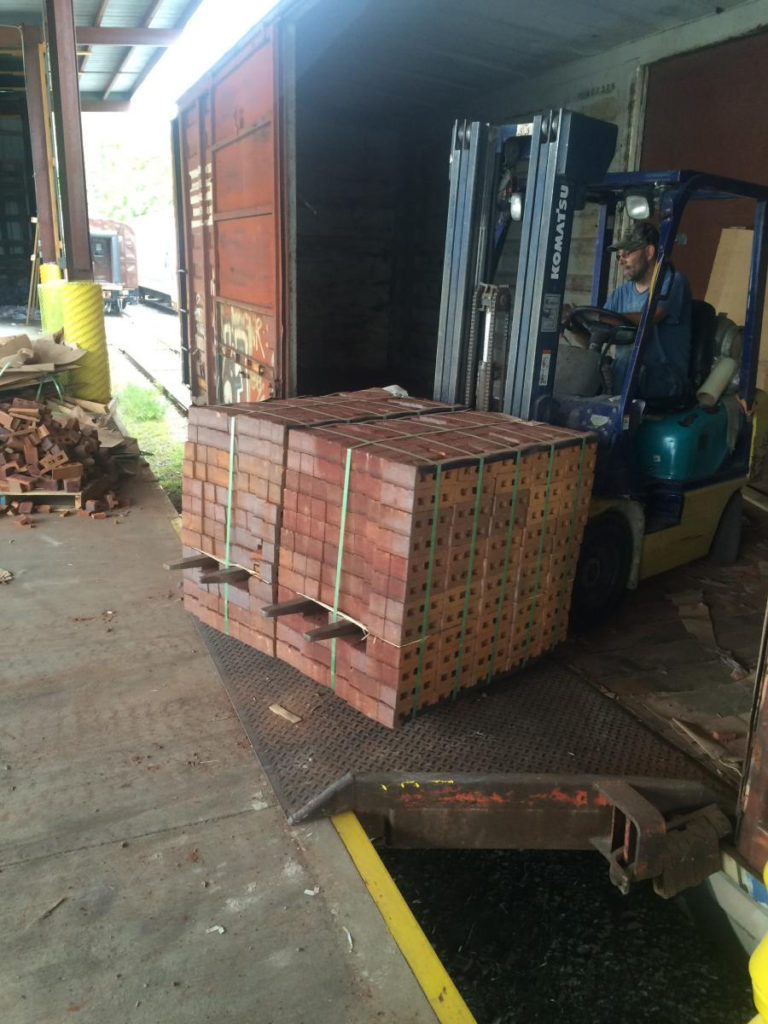Thinking about shipping by rail but have questions? What do I do? Where do I begin? What do I need to know?
The best way to begin is to contact our Marketing & Sales team. Their contact information is listed under each railroad within the Our Companies section of our website. Click on any of the sections below to find out more about how railroads work.
In order to ship a rail car, a customer must issue a railroad a Bill of Lading (BOL). The Bill of Lading is the shipping document that a shipper issues to the railroad in order to ship a rail car to a destination. The information on this BOL follows the car from one railroad to another.
Our railroads accept BOL’s via either fax or electronically through RailConnect.com. Switch railroads or handling carriers, such as PHL and NLR, do not need to receive BOL information direct from the customers they serve. Instead, the shipper provides the first “line haul” carrier with BOL information who will, in turn, pass PHL and NLR portions of the Bill of Lading.
Railroads require the following information on Bill of Lading:
- Origin
- Destination
- Car Initial and Number
- Consignee: (company who receives car), (Include business name and address)
- Shipper: (Include business name and address)
- In Care of Party: (If rail car is going to a location other than the consignee)
- Freight Bill Party: (Include business name and address)
- Route: List all railroads and junctions; include origin and destination switching railroads
- Charges: (Prepaid, Collect, Rule 11, or Non-Revenue)
- Weight Information
- STCC # and Commodity Description
- Comments, Special Conditions or Placard Instructions
- Haz-Mat info and emergency phone numbers: (Pertains to Haz-Mat shipments only)

When shipping loaded cars, a customer will need to acquire empty cars first. Railroad-owned cars can be ordered from our railroads’ customer service personnel. Car orders must be submitted at least one week prior to the need of rail cars. Railroad owned cars are also subject to demurrage charges. Railroads give customers a specific numbers of hours to load cars; beyond that time, demurrage charges apply.
Customers frequently trace railroad cars in transit to their location using one of many internet tools available. Most North American railroads offer internet car tracing via a password protected web site. This helps shippers anticipate when an empty railcar will arrive for loading.

Demurrage is a penalty charge assessed by railroads for the detention of cars by shippers or receivers of freight beyond a specified free time.
Railcars are expensive capital assets. The productivity of railcars is based on the number of loaded trips per year they make. Demurrage charges are an incentive to load/unload cars promptly and are also a tool used to prevent over-accumulation of railcars in yards and industrial sidings.
Access our Tariffs section within each railroad to view current demurrage tariffs.
